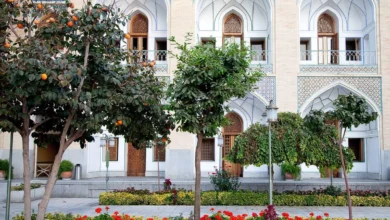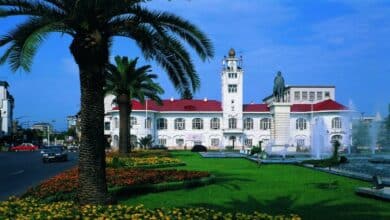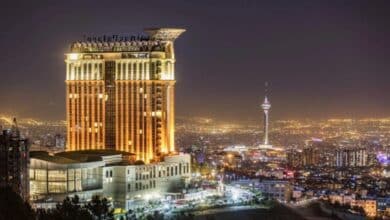Ghasr Monshi Hotel: Stay in Isfahan’s Historic Boutique Palace
A Brief History of Ghasr Monshi Palace
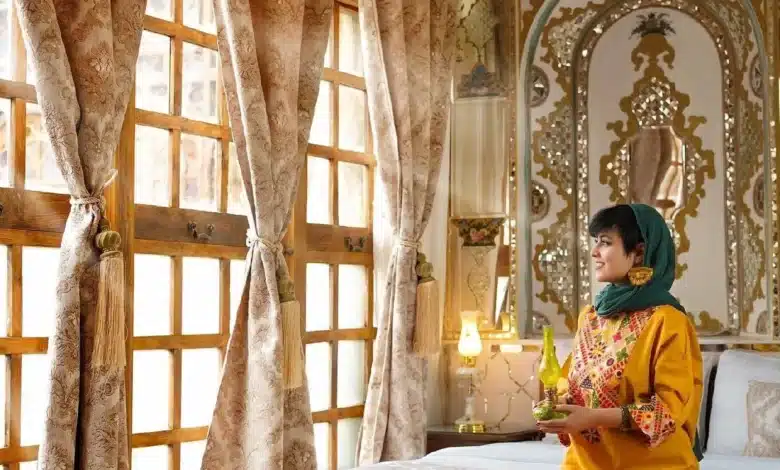
Isfahan, often described as “half the world” due to its profound historical and cultural importance, boasts some of Iran’s most renowned architectural wonders.
Among these treasures is the Ghasr Monshi Palace, situated in the center of Isfahan, which serves as a lesser-known yet captivating emblem of Persian artistry and heritage. Ghasr Monshi Hotel, characterized by its elegance and splendor, stands as a testament to the rich cultural legacy of the Qajar dynasty.
In this article, we explore the history, architectural features, and contemporary relevance of Ghasr Monshi Palace, highlighting its status as a significant landmark within Iran’s cultural heritage.
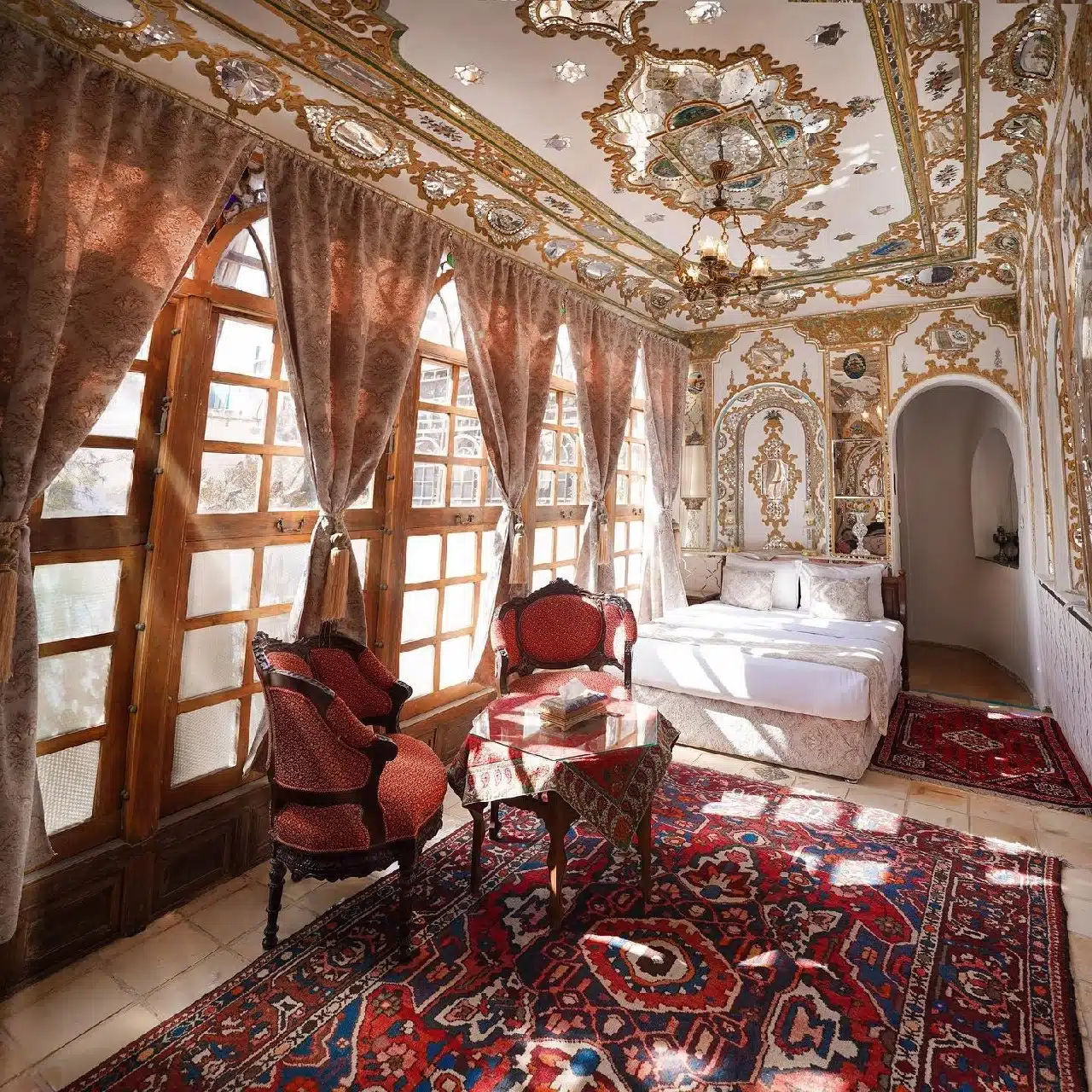
Contents
History of Ghasr Monshi Palace
Ghasr Monshi Hotel was constructed during the Qajar dynasty, a time renowned for its unique architectural style and artistic embellishments. The term “Ghasr Monshi,” meaning “Palace of the Scribe,” is thought to be associated with its role as a residence for esteemed officials or scribes within the royal court.
During the reign of Fath-Ali Shah Qajar (1797–1834), Isfahan experienced a resurgence as a center of culture and administration. This palace was built during this era to embody the luxury and magnificence typical of Qajar architecture.
It functioned not only as a residence but also as a location for receiving dignitaries, hosting formal events, and managing administrative tasks.
Throughout the years, the palace has undergone numerous changes, adapting to new roles while preserving its historical allure. Currently, it stands as a conserved monument, inviting visitors to engage with the artistic and cultural essence of the Qajar era.
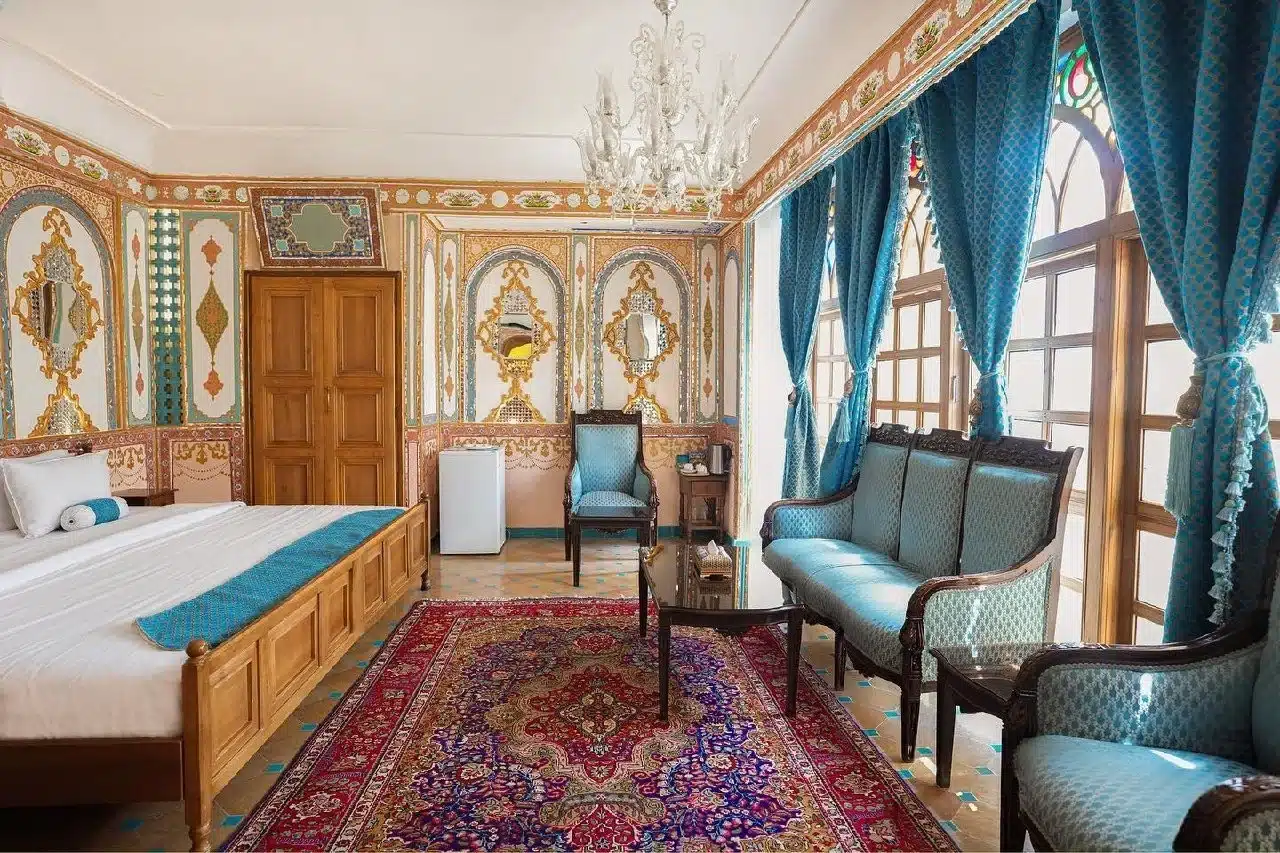
Architectural Marvel of Ghasr Monshi Palace
The design of Ghasr Monshi Hotel exemplifies the sophistication and complexity characteristic of Persian architecture. The fusion of classic Persian elements with Qajar advancements creates a distinctive visual appeal for the palace. Below are the key architectural features that make Ghasr Monshi stand out:
Central Courtyard
At the center of the palace is a magnificent courtyard, a fundamental aspect of Persian architectural design. This courtyard is encircled by symmetrical edifices, vibrant vegetation, and a central pool that mirrors the adjacent structures. Such a layout fosters a tranquil and balanced atmosphere, encapsulating the Persian ideal of “paradise on earth.”
Ornamental Decorations
Ghasr Monshi Hotel is embellished with remarkable stucco craftsmanship, vibrant tiles, and elaborate mirror mosaics. The tiles frequently display floral motifs, geometric patterns, and calligraphic writings, all of which highlight the skill of Qajar artisans. The incorporation of vivid colors, especially turquoise and cobalt blue, enhances the aesthetic appeal of the palace.
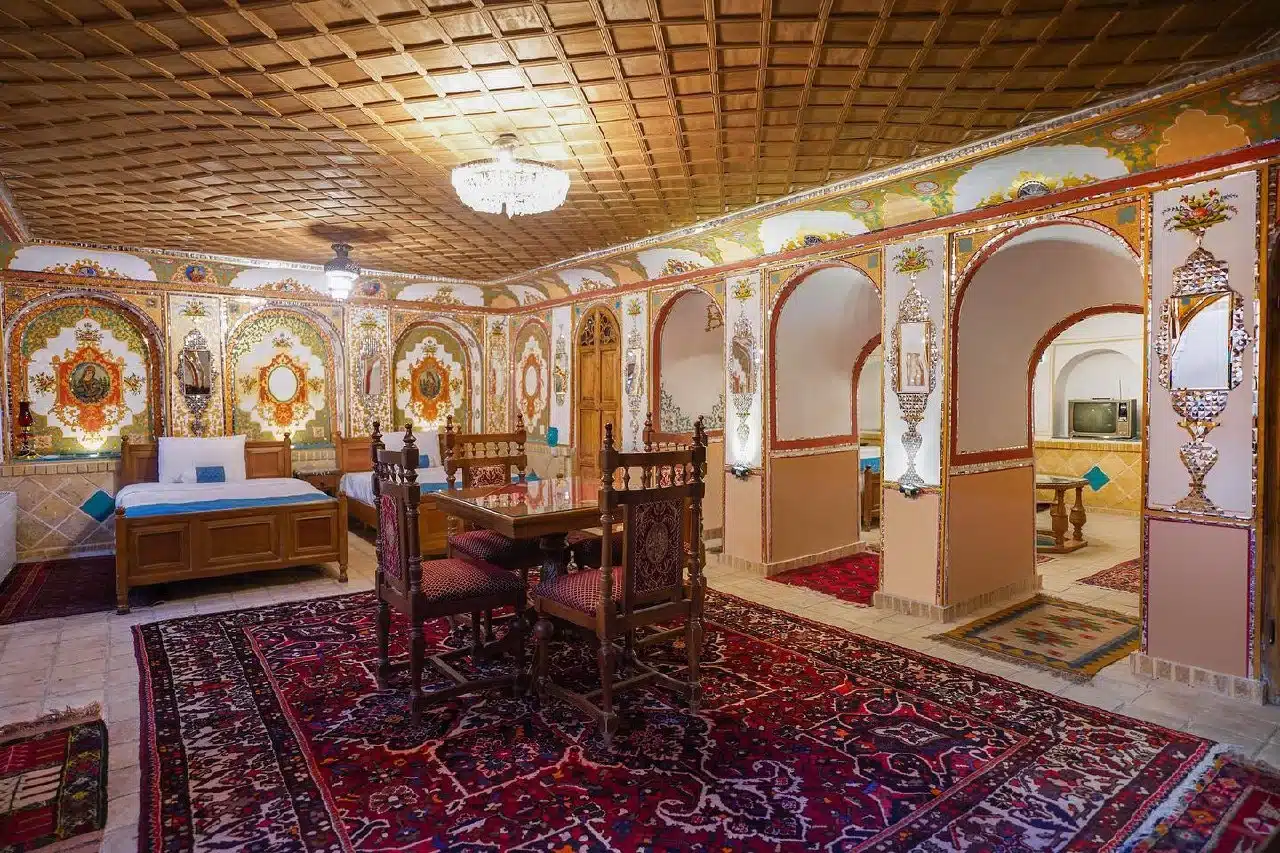
Iwan and Arched Facades
The palace features traditional iwans (porches) with elegantly arched facades, which serve as transitional spaces between the indoor and outdoor areas. These iwans are adorned with fine plasterwork and detailed tile mosaics, reflecting the grandeur of the Qajar architectural style.
Private and Public Spaces
The palace adheres to the principles of Persian architectural tradition by being divided into two distinct sections: the private area known as Andaruni and the public area referred to as Biruni. The Andaruni was designated for family members and trusted associates, whereas the Biruni served as the venue for official receptions and public events. This division facilitated both privacy and practical use.
Wooden Doors and Windows
Elaborately designed wooden doors and lattice windows, referred to as Orosi, significantly contribute to the visual charm of the palace. These features permit natural light to permeate the interiors, resulting in captivating patterns of light and shadow, all the while preserving a sense of privacy.
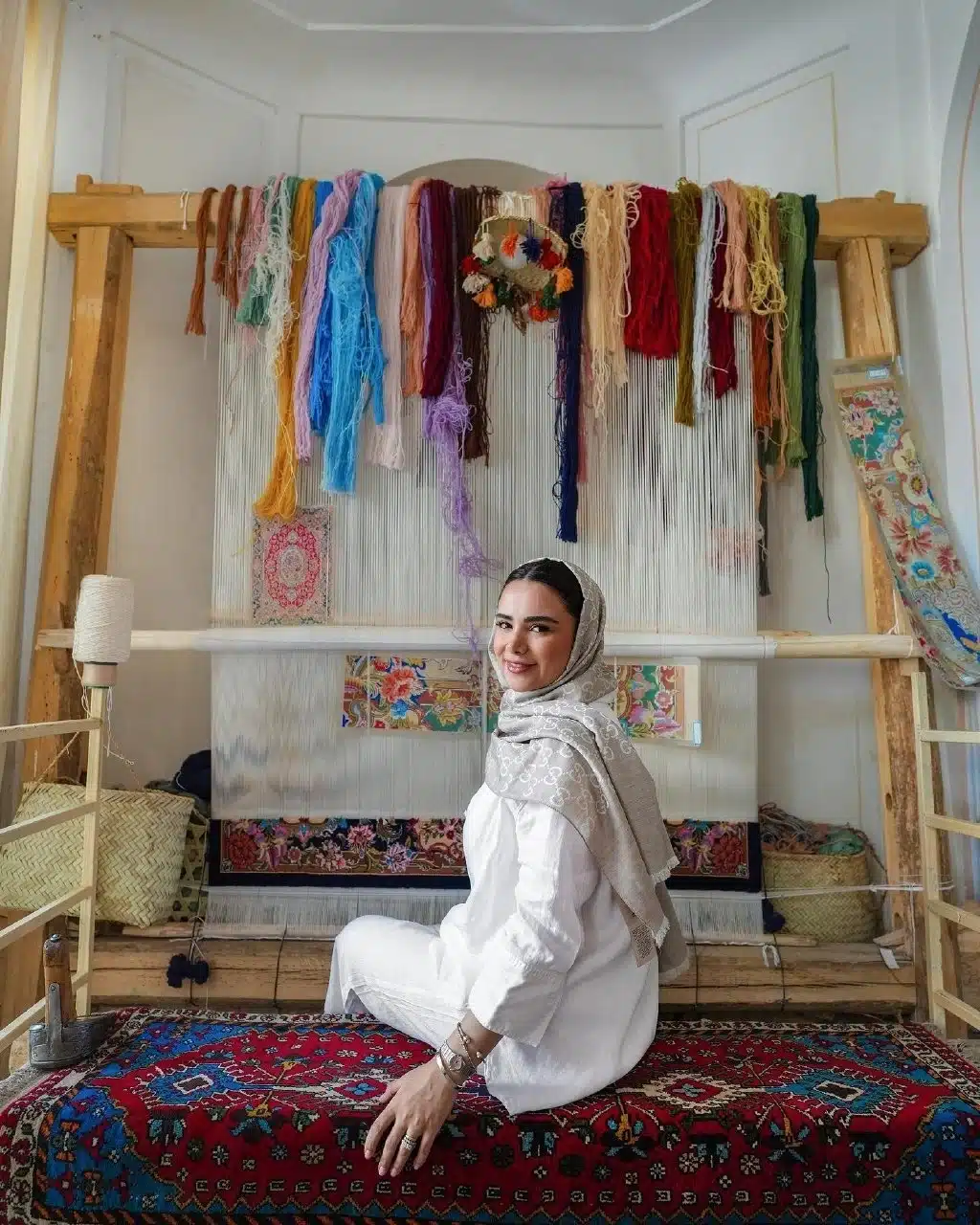
Cultural Significance
Ghasr Monshi Hotel is not simply a historical edifice; it signifies a crucial era in Iran’s cultural and political narrative. The Qajar dynasty, which governed Iran from 1789 to 1925, profoundly influenced the nation’s architecture, art, and political landscape. The palace exemplifies the Qajar interest in merging traditional Persian design with European elements, a defining characteristic of the period.
Serving as a venue for administrative activities and social events, the palace was instrumental in the governance of Isfahan. It illustrates the Qajar rulers’ dedication to demonstrating their authority and elegance through grand architectural achievements.
Transformation Over Time
Ghasr Monshi Hotel, like numerous historical monuments in Iran, has undergone considerable transformations throughout its history. Following the decline of the Qajar dynasty, the palace lost its official designation and was utilized for various purposes. At one point, it served as a residential complex, leading to the neglect of certain areas.
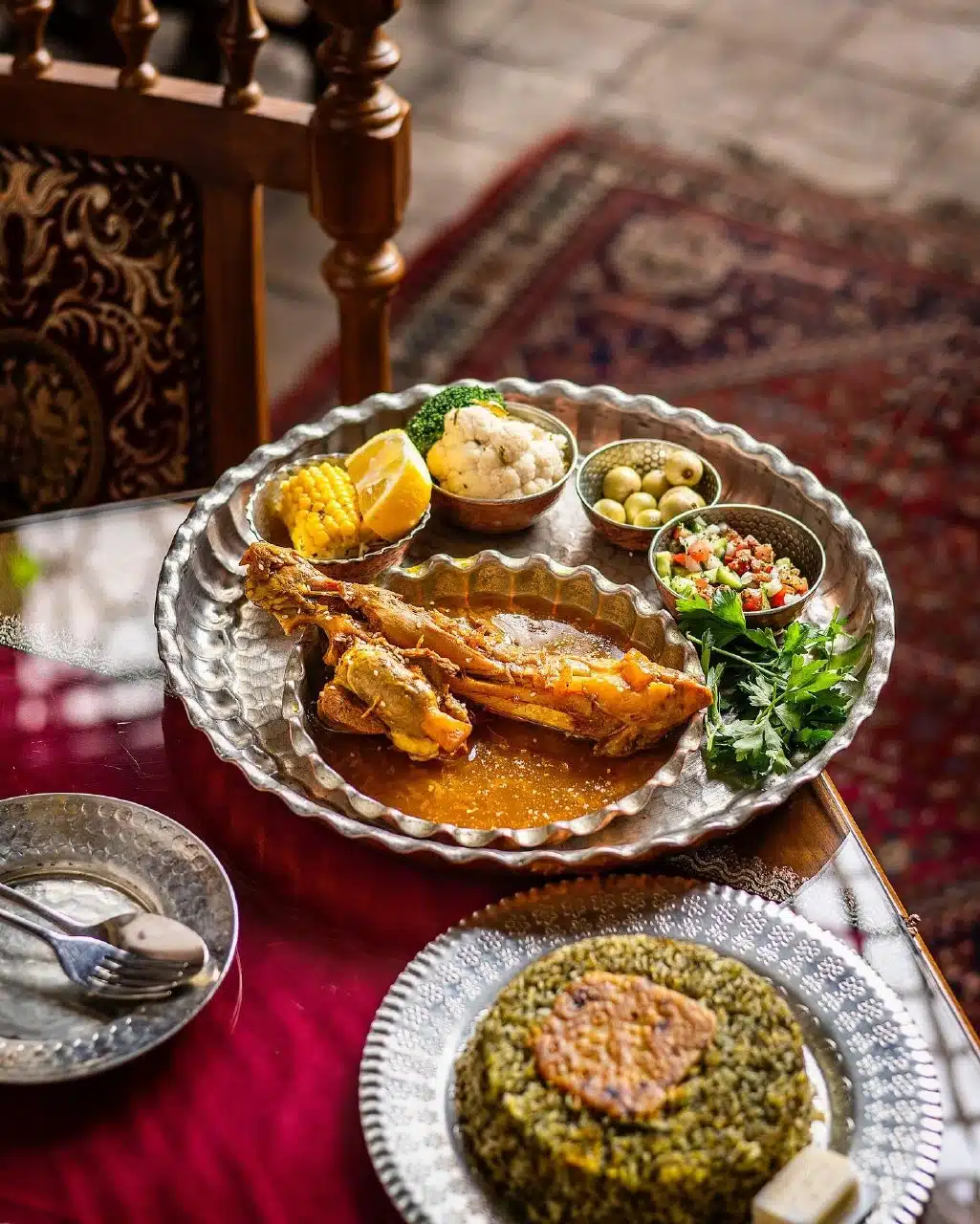
In recent years, initiatives have been undertaken to restore and conserve the palace as a site of cultural heritage. Currently, sections of the palace have been transformed into a boutique hotel, providing visitors with the opportunity to experience its magnificence up close. This adaptive reuse contributes to the palace’s continued relevance within Isfahan’s cultural milieu.
A Contemporary Experience
Visitors to Ghasr Monshi Hotel today are presented with a distinctive combination of historical significance and contemporary luxury.
The palace’s conversion into a boutique hotel provides guests with the chance to reside in rooms embellished with traditional Persian aesthetics, all while benefiting from modern conveniences.
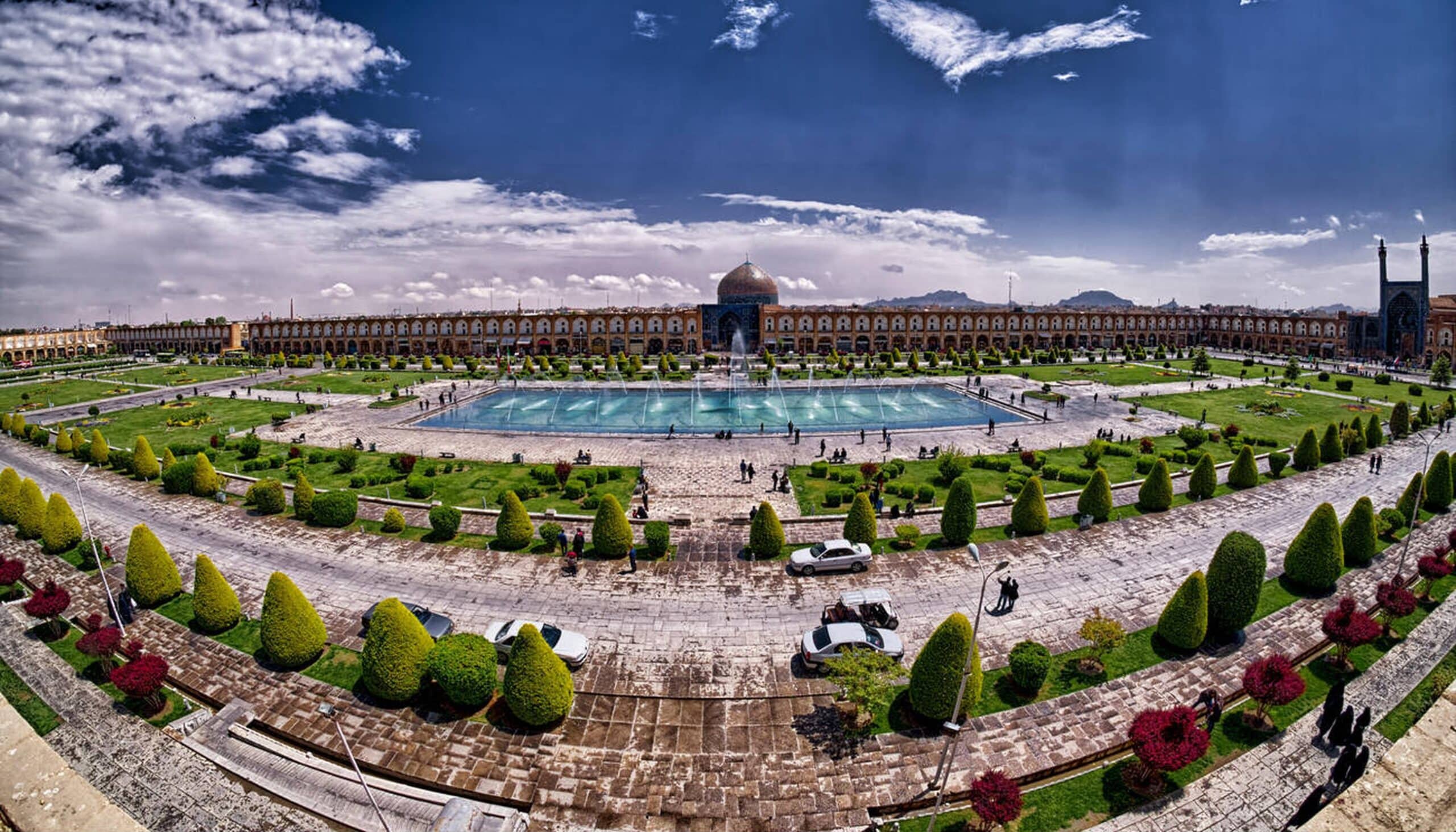
This contrast between the historical and the modern fosters an engaging experience, enabling guests to immerse themselves in the past while relishing present-day comforts.
Additionally, the palace hosts various cultural events and art exhibitions, reinforcing its position as a center for the preservation and promotion of Persian culture. The serene atmosphere of the central courtyard makes it an ideal location for gatherings and celebrations.
Location
Ghasr Monshi Palace and Tourism
Ghasr Monshi Hotel serves as a significant destination for tourists visiting Isfahan. Its central location allows for convenient access to other notable sites, including Naqsh-e Jahan Square, Chehel Sotoun Palace, and the Si-o-se-pol Bridge. Many travelers incorporate the palace into their plans to enhance their appreciation of Qajar architecture and the cultural legacy of Isfahan.
The palace features guided tours that offer valuable information regarding its historical background, architectural significance, and ongoing restoration projects. For those interested in photography, the palace’s intricate details present numerous opportunities to capture the elegance of Persian art and design.
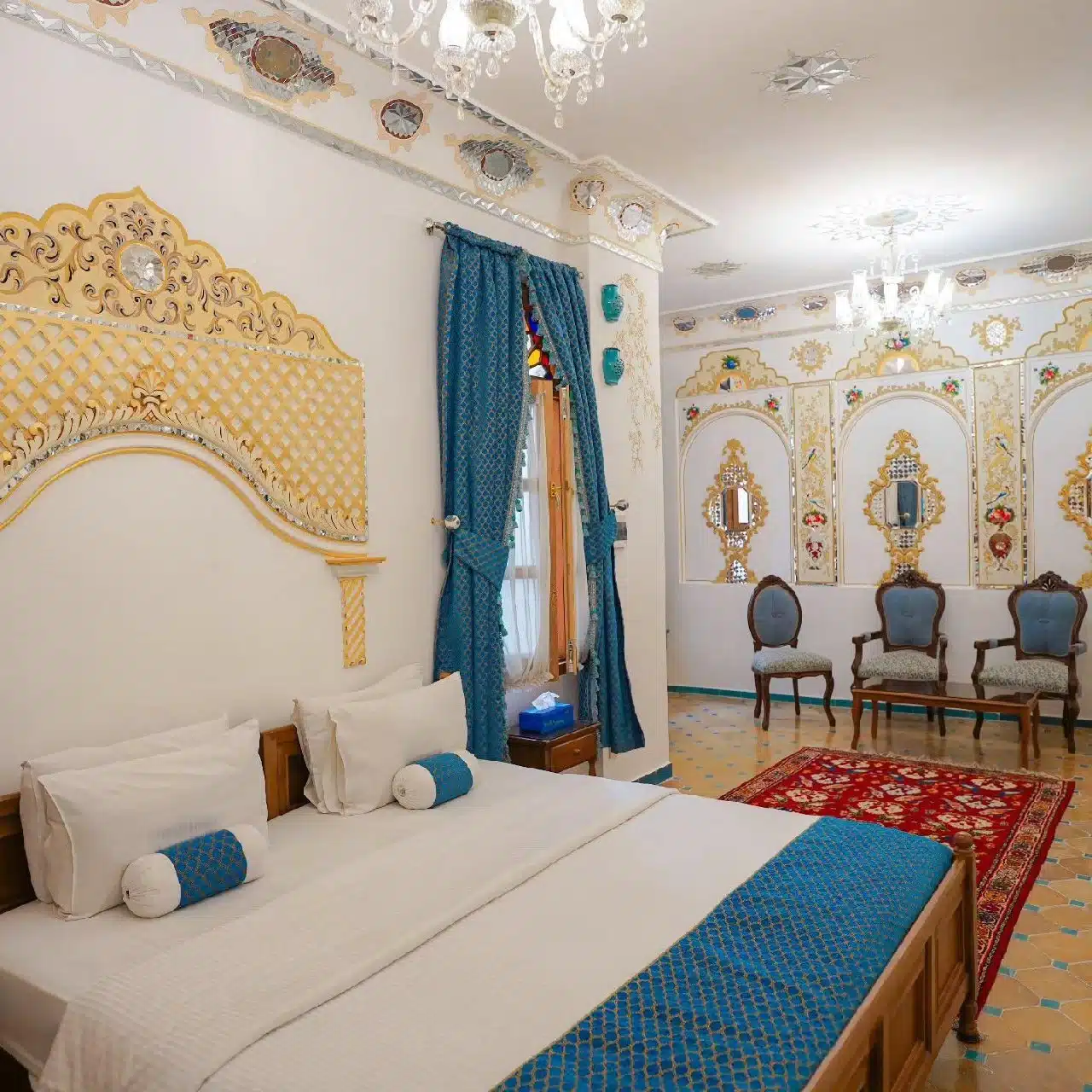
Final Words
Ghasr Monshi Hotel represents a remarkable achievement in the architectural heritage of Isfahan. Its stunning design, profound historical importance, and harmonious integration of traditional and contemporary elements render it an essential destination for those interested in history, architecture, and culture. As a vibrant testament to the artistic contributions of the Qajar dynasty, the palace continues to evoke admiration and wonder.
Visitors can experience a unique exploration of Iran’s rich cultural legacy while wandering through its tranquil courtyard, appreciating the detailed tilework, or taking advantage of its modern facilities. Ghasr Monshi Palace exemplifies the enduring allure of Persian architecture and the resilient spirit of Isfahan.
FAQ: Ghasr Monshi Isfahan
Where is Ghasr Monshi Hotel located?
Ghasr Monshi Hotel is located in the heart of Isfahan, Iran, near other historical landmarks like Naqsh-e Jahan Square.
Is there an entrance fee to visit the palace?
Visitors may need to pay an entrance fee, particularly for guided tours. The fee often goes toward the preservation and maintenance of the site.
Can I book a stay at the boutique hotel in Ghasr Monshi Palace?
Yes, the palace operates as a boutique hotel, and bookings can typically be made online or through local travel agencies
